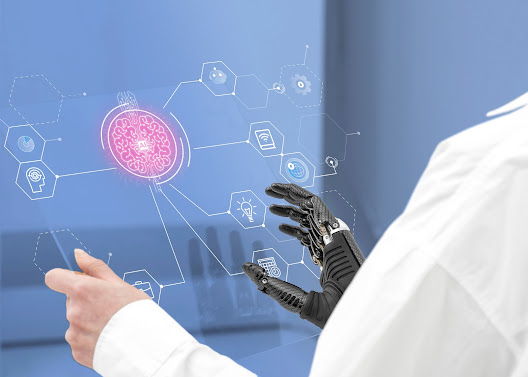What are the Main Differences Between Science and Technology?

Bridging the Gap: Understanding the Main Differences Between Science and Technology Science and technology are often used interchangeably, but they represent distinct facets of human knowledge and innovation. While both fields are interconnected and contribute to each other's advancement, they serve different purposes and involve distinct processes. In this exploration, we delve into the main differences between science and technology, highlighting their unique characteristics, goals, and roles in shaping the modern world. Foundations of Knowledge: Science: Science is a systematic enterprise that seeks to understand the underlying principles governing the natural world. It is driven by curiosity and the pursuit of knowledge for its own sake. The scientific method, a structured approach involving observation, experimentation, and the formulation of hypotheses, is fundamental to scientific inquiry. Scientists aim to discover new facts, principles, and theories that explain natural...


